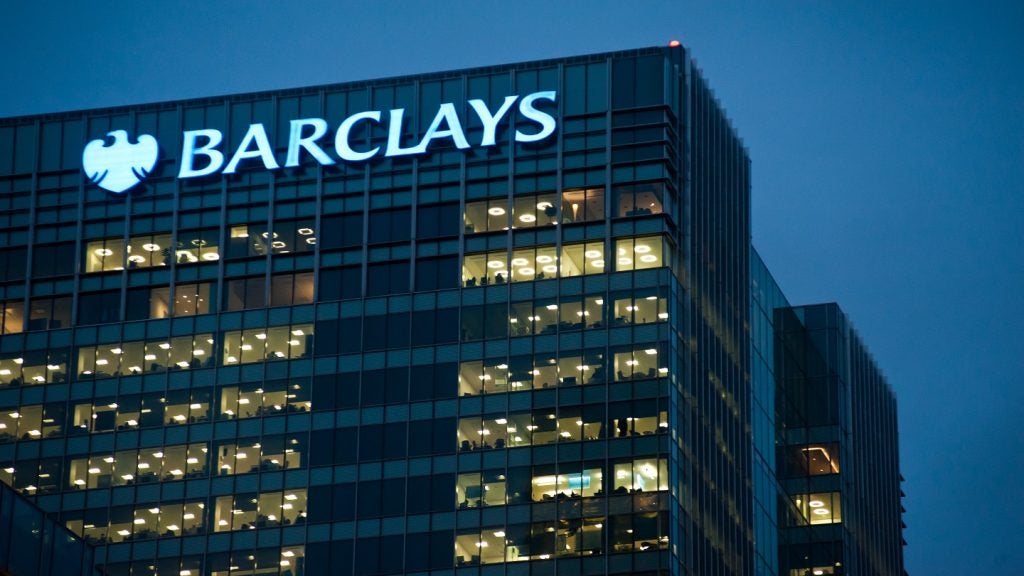Jens Baumgarten, Ben Snowman and Wei Ke of Simon-Kucher
and Partners, the global consulting firm specialising in product
pricing and marketing strategy, discuss the scope for banks to
derive much-needed revenue from the latest mobile banking and
payment technologies.
Much has been made about the emergence of mobile banking and
payment technologies and 2011 was a significant year.
PayPal transacted $4bn through
their mobile application, Google launched their mWallet and Visa
committed millions of dollars into mobile payment innovation.
Pure mobile banking also emerged
with effective applications that offer basic services. However,
there is much debate about whether customers will pay for mobile
banking payment services.
Our research points to viable
revenue models which challenge the emerging view that mobile
innovations should be given away.
How well do you really know your competitors?
Access the most comprehensive Company Profiles on the market, powered by GlobalData. Save hours of research. Gain competitive edge.

Thank you!
Your download email will arrive shortly
Not ready to buy yet? Download a free sample
We are confident about the unique quality of our Company Profiles. However, we want you to make the most beneficial decision for your business, so we offer a free sample that you can download by submitting the below form
By GlobalDataWe have set out to show how banks
can tap into this opportunity and achieve the optimal point of
“fair value exchange” – where the objectives of both customer and
bank are aligned.
What is mobile
banking?
Mobile banking is the emerging
suite of financial services accessible through mobile devices. We
classify mobile banking services into three components. First,
informational services, such as balance information, already exist
and are offered by many banks (eg, RBS in the UK, Chase in the US
and Sparkasse in Germany).
Second, transactional services,
chiefly payments and transfers, are appearing on the market and are
dominated by the new breed of innovative digital providers. Last,
interactive services do not yet exist although the technology is
emerging. One example is GeoGuard from Mysis which offers
location-based fraud detection services for mobile payments.
Today, banks give mobile services
away for free because the available services are largely
informational. Customers do not consider these utility services
worth paying for. However, as the full suite of services matures,
there will be opportunities to align customer needs with paid-for
facilities. We envisage three revenue models for the future.
Revenue model 1: Versioning
and packaging
Our research suggests 76% of the
youth market will pay a monthly fee of £5 ($8) for a functionally
rich mobile banking service.
This service must include
informational, transactional and interactive services.
Informational services are utility functions and must be free.
However, in the same way that
packaged (added-value) current accounts (AVAs) have succeeded in
many mature banking markets, our data suggests versioning and
packaging can serve as a revenue model for the future, once
transactional and informational services are available.
While core utility services are
critical to any package, the value added features can be
intelligently grouped to design different package versions, each
with a different fee.
Mobile services can also be
incorporated into bespoke digital AVAs. By offering core banking
services, non-core benefits (eg gadget insurance) and mobile
services together, different AVAs can be developed for achieving
the optimal point of fair-value-exchange.
Revenue model 2:
Transaction pricing
Transactions relate to a specific
event that customers initiate, such as payments, SMS alerts or
blocking lost/stolen cards. Where customers wish to perform such
actions, there is an opportunity to monetise that event. Therefore,
the first step in establishing a revenue model requires an
understanding of the value-to-customer and the
willingness-to-use.
Our research suggests 92% of smart
phone owners are willing to try mobile payments. However, when
broken down into different payment types, the willingness-to-use
differs. Contactless mobile payments were the most popular (70%)
and remittances the least (39%).
For contactless mobile payments,
customers would pay upwards of £0.50 to load a mobile wallet and
make unlimited payments until funds were spent. For remittances,
however, customers would pay a fixed fee per transaction of £1 or
more. This difference in price metric (one-off fee to load a wallet
compared with a fixed fee per transaction) and price level, clearly
demonstrates that these distinct payment types serve different
customer needs.
By aligning customer needs with
appropriate price models, fair value exchange can be achieved and
additional revenues can be generated.
Revenue model 3: Mixed
pricing
Mixed pricing is a combination of
both revenue models and is used extensively by mobile network
operators. This model relies on a lower package price for basic
services and the opportunity for customers to purchase bolt-ons.
This could be a bolt-on for 25 peer-to-peer payments or 12 SMS
alerts to notify that monthly credit card payments are due.
This a la carte approach
gives customers flexibility in selecting the services they seek
from mobile banking and further increases the likelihood of
achieving fair value exchange.
Once again, the bolt-ons must be
designed to meet customer needs. Once the needs are established the
pricing can be determined.
The price model (metrics and
levels) must be clearly aligned with customers’ willingness-to-pay
and be distinct and related to how customers wish to consume the
service.
Implications for banks and the
consumer payment value chain include:
- The introduction of a
customer-led revenue model has implications for banks and the
entire consumer payments value chain. From merchants who must
invest in new payment acceptance devices, to banks who can offer
customers new paid-for services, to merchant acquirers and
processors who must adapt their technology; - The introduction of paid-for
services means the infrastructure must be capable of servicing new
and changing customer requirements.
Conclusions
Mobile technology success will come
from the service providers who understand the value that customers
place on different utilities, their willingness-to-pay and the
optimal price model. It is also important to know that mobile is
not a mirror of the internet.
Mobile is location independent and
smart phones are omnipresent. Customers, therefore, have the
ability to act on impulse and banks can tap into this new
phenomenon by offering distinct, intelligently designed, paid-for
mobile banking services.







